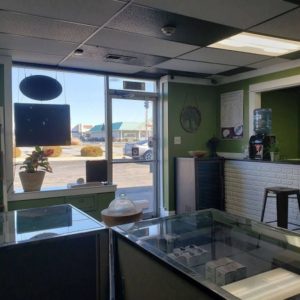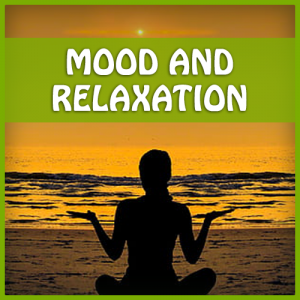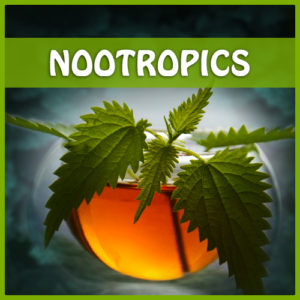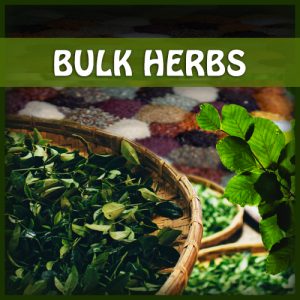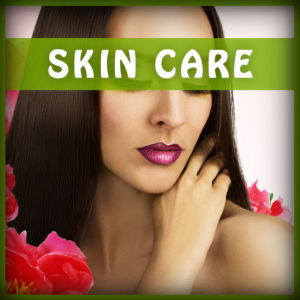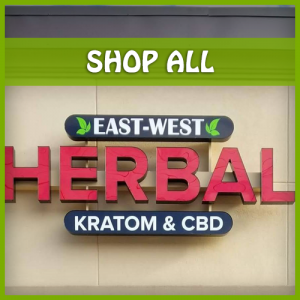Updates
Where is Kratom Grown?
Kratom is a tropical plant that is native to southeast Asia, especially Thailand, Indonesia, and Malaysia. These countries are currently the primary producers of kratom. According to the United Nations Food and Agriculture Organization (FAO), the global market for agricultural products is worth more than $300 billion annually. In this thriving industry, kratom is a small player with only minimal production outside of southeast Asia. But there may be opportunity in growing kratom in other parts of the world. This article will explore where kratom is grown today and potential locations for future growth.
Kratom Production Today
The vast majority of kratom is produced in Indonesia, Thailand, and Malaysia. The exact percentage of each country’s production is unclear. Some studies have reported that the majority of kratom is grown in Indonesia, while others say that Thailand produces more than 90% of the world’s supply. One thing we do know for certain is that the majority of kratom is grown in tropical regions. Kratom grows best in warm and humid climates with plentiful rainfall. Although kratom can be grown in a variety of environments, it thrives best in tropical conditions. Southeast Asia has ideal weather conditions for growing kratom. In fact, many of the forests where kratom is grown are so tropical that they have been named biodiversity hotspots.
Why Isn’t Kratom Grown Everywhere?
For decades, kratom has been cultivated in southeast Asia. There are a few different reasons why this is the case. First, it is highly unlikely that kratom is native to any other part of the world. The plant likely originated in the mountainous regions of southeast Asia. The fact that kratom has thrived in these same areas for millennia suggests that it is either native to the region or was introduced by extremely early humans.
Alternatively, it could have been brought to the region by a long-forgotten civilization. These theories have not been proven, but they do suggest that kratom is not particularly well-suited to other regions of the world.
Which Countries Grow the Best Kratom?
The debate over which countries produce the best kratom has been raging for years. Opinions vary widely depending on the user and the vendor. But certain countries are often cited as top producers. Indonesia is the largest producer of kratom in the world. The island of Borneo in Indonesia is the region where kratom is most commonly cultivated. Indonesia is a tropical region that rarely sees temperatures below freezing. The warm and humid climate is ideal for growing kratom. Malaysia is another tropical country that produces a significant amount of kratom. In fact, it is the second-largest producer of kratom in the world. Malaysia’s climate and environment are similar to Indonesia’s. Kratom also grows in Thailand, but in much smaller quantities than in Indonesia and Malaysia.
Which Countries Have the Most Potential to Grow Kratom?
There are several countries outside of southeast Asia that have significant potential to grow kratom. These include Australia, New Zealand, and parts of southern Africa. There are many reasons why these regions have been overlooked. Kratom has been cultivated in southeast Asia for thousands of years, and the regions have been explored and developed much more recently. But these regions are now exploring the feasibility of growing kratom. Australia and New Zealand are particularly interested in the potential of kratom production. These regions have ideal climates for growing kratom. They also have much less competition than Indonesia, Malaysia, or Thailand.
Conclusion
Kratom is primarily grown in southeast Asia. This is because the plant thrives in the warm and humid regions of the world. This makes sense, since kratom has been grown in these areas for thousands of years. There are regions outside of southeast Asia that could potentially grow kratom. The warm and humid climate in these regions would be advantageous for growing kratom. There is significant potential for kratom production in Australia and New Zealand. There is also potential in southern Africa, although the climate is slightly less ideal. It is possible that kratom cultivation in these regions could increase supply and reduce the cost of kratom. This would be a welcome development for consumers and vendors in the kratom industry. To learn more, please visit EastWestHerbal.com





